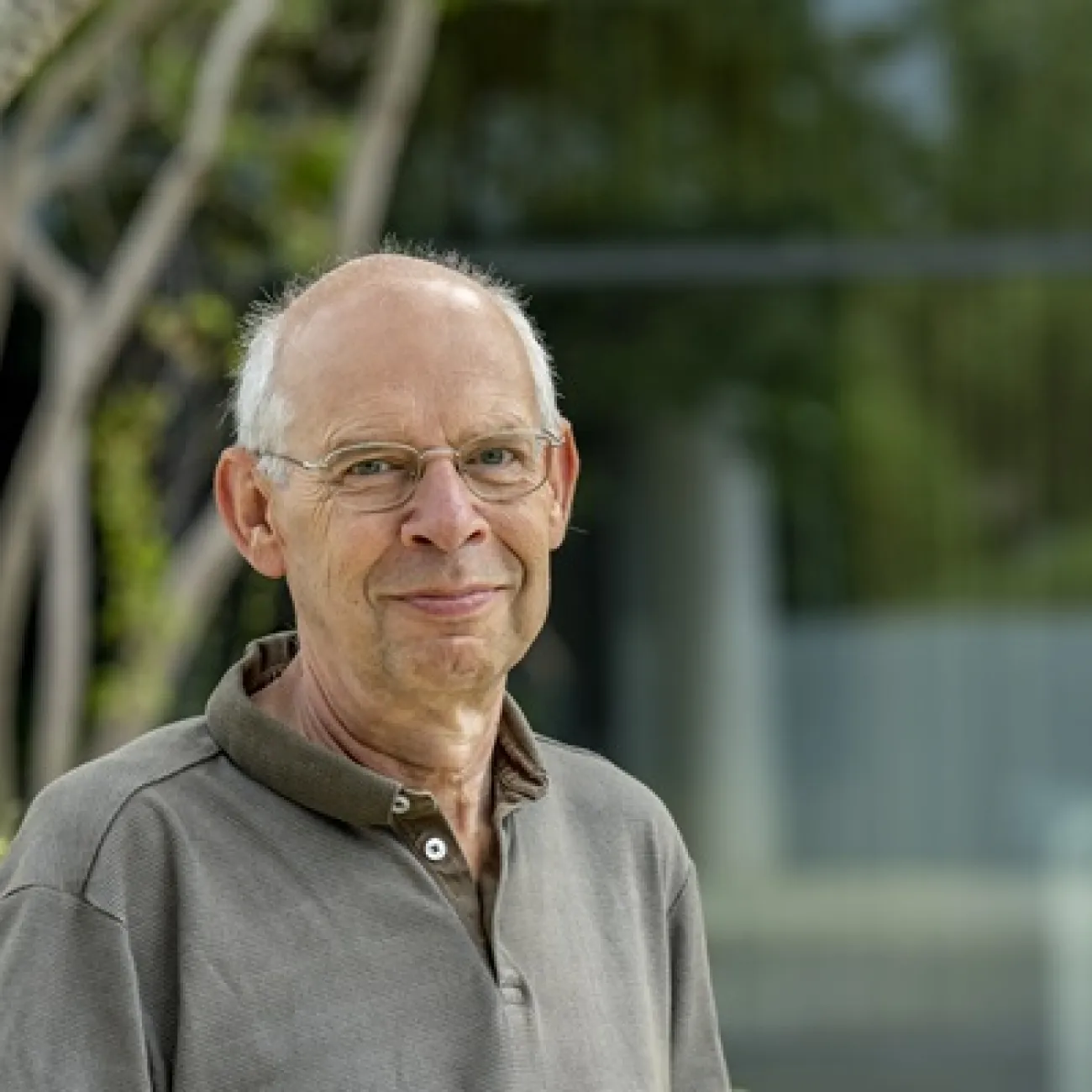About
A brief description of who you are and what you do.
This section will only display on your public profile if you’ve added content.
You can update this in Pure (opens in a new tab). Select ‘Edit profile’. Under the heading and then ‘Curriculum and research description’, select ‘Add profile information’. In the dropdown menu, select - ‘About’.
Write about yourself in the third person. Aim for 100 to 150 words covering the main points about who you are and what you currently do. Clear, simple language is best. You can include specialist or technical terms.
You’ll be able to add details about your research, publications, career and academic history to other sections of your staff profile.
Research
Research interests
- Transonic aerodynamics of wings
- Hypersonic flows with transition to turbulence
- Flow over rough surfaces
- High-performance computing
Current research
Exascale computing using OpenSBLI code generation system
Hypersonic flows with thermo-chemical nonequilibrium
Transonic buffet on aerofoils using large-eddy simulation
Ditrect numerical simulation of counter-flow turbulent mixing
You can update the information for this section in Pure (opens in a new tab).
Research groups
Any research groups you belong to will automatically appear on your profile. Speak to your line manager if these are incorrect. Please do not raise a ticket in Ask HR.
Research interests
Add up to 5 research interests. The first 3 will appear in your staff profile next to your name. The full list will appear on your research page. Keep these brief and focus on the keywords people may use when searching for your work. Use a different line for each one.
In Pure (opens in a new tab), select ‘Edit profile’. Under the heading 'Curriculum and research description', select 'Add profile information'. In the dropdown menu, select 'Research interests: use separate lines'.
Current research
Update this in Pure (opens in a new tab). Select ‘Edit profile’ and then ‘Curriculum and research description - Current research’.
Describe your current research in 100 to 200 words. Write in the third person. Include broad key terms to help people discover your work, for example, “sustainability” or “fashion textiles”.
Research projects
Research Council funded projects will automatically appear here. The active project name is taken from the finance system.
Publications
Pagination
-
Previous page Previous
- …
- 6
- 7
- 8
- 9
- 10
- 11
- …
-
Next page
Next
Public outputs that list you as an author will appear here, once they’re validated by the ePrints Team. If you’re missing any outputs that you’ve added to Pure, they may be waiting for validation.
Supervision
Current PhD Students
Contact your Faculty Operating Service team to update PhD students you supervise and any you’ve previously supervised. Making this information available will help potential PhD applicants to find you.
Teaching
I have previosly taught modules in computing, fluid mechanics, aerodynamics, flight mechanics and turbulence. I am currently teaching SESA3029 Aerothermodynamics and SESA6082 Computational Aerodynamics. I offer undergraduate projects in high speed aerodynamics involving shock waves, boundary layers, real gas effects, heat transfer and flow control. Projects in low speed aerodynamics include vortex-dominated flows and flow over rough surfaces. Students interested in high-performance computing for aerodynamics can select projects using OpenSBLI, an automated code generation system developed within our group.
You can update your teaching description in Pure (opens in a new tab). Select ‘Edit profile’. Under the heading and then ‘Curriculum and research description’ , select ‘Add profile information’. In the dropdown menu, select – ‘Teaching Interests’. Describe your teaching interests and your current responsibilities. Aim for 200 words maximum.
Courses and modules
Contact the Curriculum and Quality Assurance (CQA) team for your faculty to update this section.
External roles and responsibilities
You can update your external roles and responsibilities in Pure (opens in a new tab). Select ‘+ Add content’ and then ‘Activity’, your ‘Personal’ tab and then ‘Activities’. Choose which activities you want to show on your public profile.
You can hide activities from your public profile. Set the visibility as 'Backend' to only show this information within Pure, or 'Confidential' to make it visible only to you.
Biography
Neil Sandham has been Professor of Aerospace Engineering at the University of Southampton since 1999, having previously been at Stanford University (PhD 1989), DLR Göttingen and Queen Mary, University of London. His area of expertise is numerical simulation of transitional and turbulent flows over the full range of speeds from incompressible to hypersonic, with current projects in transonic airfoil flows, flow over surface roughness and high-speed aerodynamics. He was the founding principal investigator of the UK Turbulence Consortium and has served as head of the Department of Aeronautics and Astronautics in Southampton.
You can update your biography section in Pure (opens in a new tab). Select your ‘Personal’ tab then ‘Edit profile’. Under the heading, and ‘Curriculum and research description’, select ‘Add profile information’. In the dropdown menu, select - ‘Biography’. Aim for no more than 400 words.
This section will only appear if you enter the information into Pure (opens in a new tab).
Prizes
You can update this section in Pure (opens in a new tab). Select ‘+Add content’ and then ‘Prize’. using the ‘Prizes’ section.
You can choose to hide prizes from your public profile. Set the visibility as ‘Backend’ to only show this information within Pure, or ‘Confidential’ to make it visible only to you.
